Getting the Message: Game design for Facebook Instant
Whenever a new platform emerges, it’s always interesting to see how developers jump onto the opportunity.
Instant Games – Facebook’s new developer platform for games on messenger and News Feed – isn’t like most new platform transitions, so for most, this meant a more cautious approach. For one, messenger games are built on HTML5. HTML5 as a technology doesn’t have the best track record for creating great games. Messenger also isn’t necessarily a new platform either – more like a platform within a platform. The platform comes with challenges that come with working within Apple and Google’s ecosystems.
Roll a year on, however, and the platform is showing signs of strength. Games are getting massive growth, developers have competitive eCPMs for advertising, and there is promise of in-app purchases coming in the future. Facebook Messenger continues to grow in user base numbers, reaching more than 1.3 billion monthly users in late 2017. Looking at public user base data that is surfaced on the splash screen for games that load in messenger, the top 10 games have between 3 million and 10 million players. Growth has been unprecedented. A game “Snake Mania” grew by 2.2 million players in seven days during February 2018. Messenger is fast becoming a viable platform.
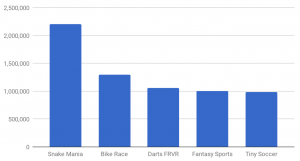
Player base delta from Feb 19 to Feb 26, 2018
Source: Data as displayed via Instant Games loading screens
However, approaching the messenger platform isn’t the same as mobile design or social web games. Many mobile devs are trying direct ports of their mobile games over to messenger. Some have succeeded with this method (Cut the Rope and Adventure Capitalist) but most have failed. It seems that this isn’t a straight-technical platform change, design needs to change as well.
I believe that moving to Instant Games will be a product and design shift similar to what mobile was in 2010-2011. While many of the same gameplay interactions and UX learnings can be applied to Instant Games on messenger (it still is a mobile platform with touch controls), to drive retention on the platform is not a simple port. Re-thinking core loops, progression, interactions from the ground up is necessary to reach the full potential of the platform.
This is something that we’ve learned at Chatterbox Games over the last year of developing games for Facebook Instant Games and iMessage – that many of the best practices of mobile don’t apply to messenger games, and to overcome the initial challenges you really have to think about the opportunities that only exist in the messenger context.
It’s not a Marketing Channel
Thinking messenger is a marketing channel is commonly how many mobile game developers will approach the platform. I don’t blame them – mobile is a highly competitive battlefield and developers are desperate for any leg up they can for getting installs. However, developers who think messenger games are a free place to get new players are mistaken.
While messenger games can gain insane levels of growth, they are all limited to playing within messenger itself. Facebook has worked aggressively to build Instant Games on messenger as a platform on its own. One of Facebook goals is most likely to drive increased engagement within messenger, not drive players into your games, so attempting to use the platform to pull players away from the platform won’t work – nor will you need to. Games can work and be profitable as its own business unit, so why fight against it?
That being said, Instant Games can be used for branding. Nordeus and ZeptoLab have done a great job at this; Golden Boot by Nordeus has Top Eleven branding all over the game, but does not directly link to the game or push players outside the platform, while ZeptoLab’s Cut the Rope Instant re-creates the same feeling of playing a native mobile version. This can drive organic installs to their mobile game, but regardless both of these games have a substantial user base on Instant Games and can build a business case on its own. Branding has its benefits, but revenue generating games are always better.
If messenger is not an acquisition channel, then the games built for it have to stand on its own in terms of retention and monetization. It’s possible, but only if you think critically of how retention can be sustained within a chat app.
Retention is Difficult
As we’ve mentioned before, retention on messenger platforms is lower than native mobile – indeed it’s more similar to Facebook canvas than it is to native mobile. This is intuitive: Most users are going into messenger to chat with their friends, not to play games. Messenger games don’t install to your phone – there’s no icon on the home screen, no push notifications, no red dots to let you know when to come back. Messenger games have to drive retention in other ways.
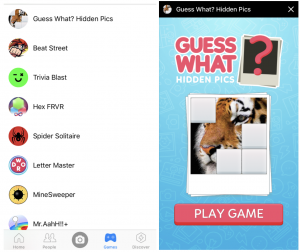
Having no install is great for discoverability, but not great for retention
Retention instead has to come from what’s unique about the platform: social interactions. Retention is driven by friends pulling you back to play against them, or working together.
On native mobile, Facebook adoption has become tougher. Most developers would rather push players to play in guilds with other active players than real friends, yet knowing from launching countless mobile games in the past, players that connect to Facebook and actively play with friends retain far better. With messenger, this social connection is no longer an option – Facebook connection is a natural part of the user experience. Right from the start you have access to friends that are playing the game, displaying them in a leaderboard, challenging them, gifting them.
Social Contexts & Bots are Imperative
Messenger’s first priority is still to be a chat app, so real estate for games isn’t limitless. In order to have a path to your game and retain players, you have to fight to stay relevant in a player’s chat application. Facebook has the games tab along the bottom for finding new games to play, but to retain players you’re going to have to go farther than that.

This is done through creating social contexts and by maintaining a bot channel:
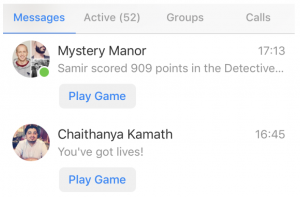
Social contexts are chats with friends or groups which your game is relevant to the conversation. You can see from the image above, in both a group chat and a one-on-one conversation, a player has posted to this chat and now there’s a clear call to action to start the game.

Your Bot channel is the other method – think of this as your home screen icon within the Messenger app. However, it functions more like a chat with a friend. This allows you to communicate via messages to your players, giving out rewards and notifying them when things are happening within your game:
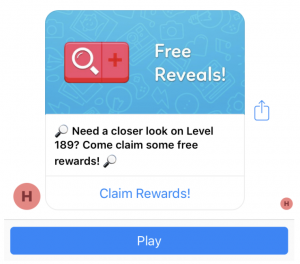
However, bot channels can quickly become spammy, and Facebook is very restrictive over how often games can send messages. If players don’t engage with your bot, it will quickly drop off their messenger home page. If players don’t want to be bugged by your game, muting the channel is a quick button press away. Facebook has learned from their early gaming days to prevent game developers from ruining the user experience of their platform.
As a result, this is the real design challenge for a messenger game:
- How do you design games that can naturally stay relevant in both friend’s chats and group’s?
- How do you design mechanics so that bots that aren’t spam and remain relevant to players?
- How does the design of your games make the bot and social contexts compelling to return?
These aren’t normal design problems for a native mobile game.
Creating Social Interactions
The best games on the platform will attempt to create the strongest social interactions. This will both be great for the game’s virality and their retention, so let’s just push players to spam their friends in order to play, right?
This has led to many of the initial interactions on the platform to be straight from the playbook of old Facebook social games:
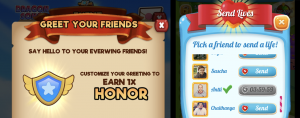
- Gifting Lives between friends in Cookie Crush
- Getting “Honor Points” for sending messages to friends in Everwing
- Forcing players to play with friends even in single player experiences
However, this isn’t really leveraging the platform for what it does best, and isn’t sustainable.
What has stood out as new to messenger games are group chat dynamics: a game pushes players to engage with their group chats: working together to solve a problem or competing against each other.
The strongest implementation of social interactions are “group raids” – the idea that you can start a challenging level that can be only completed if you work together with others in a group chat. The more powerful the members are, the more difficult the challenge you can complete, and the bigger the rewards.
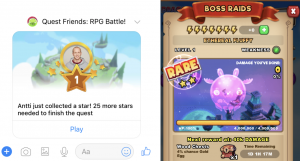
Games: Quest Friends by Mojiworks and Everwing by Game Closure
This system allows players of all progress levels to work together, prod each other to play more, and feel rewarding to play with friends. However, this is limited to games that can give a similar depth of rewards as an RPG game, not all games can work with a system like this.
Other games attempt to use turn-based gameplay. That after each turn a player would send you their move. We’ve attempted a couple times last year to focus on turn-based interactions with your friends in messenger games, but we found it isn’t the best for retention. The key reason: if players can’t keep playing because they’re waiting for friends, they will leave the game. In the same way that “Words with Friends” or “Draw Something” from native mobile were interesting only while your friends played the game, as soon as your friends stopped responding, you had no reason to come back. Some games have gotten this to work (8 Ball Pool by Miniclip and Words with Friends), but these were launched very early on the platform and have sustained a large critical mass of players. New developers to messenger will have a harder time to reach that critical mass.
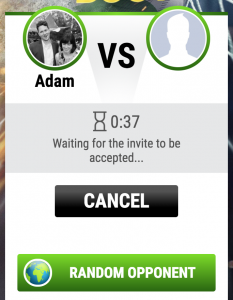
For some games, to solve this means adding more modes where you can play against strangers as well. When looking at Golden Boot from Nordeus, this most likely drove a lot of its success. You can match with strangers when friends aren’t active. In the case of Snake Mania, the top growing game mentioned above, focuses solely on playing with strangers.
However, I believe this starts to water down what separates messenger games from native mobile games. While this is currently working – by mimicking what is already retaining well on native mobile – the future for messenger games will do a better job of integrating social interactions with friends. Making playing with your friends the optimal way to progress.
As discoverability becomes an issue on the platform, developers will need to rely more heavily on social contexts to drive retention and installs. Games that are able to integrate social interactions smartly will be the winners.
Conclusions
Instant Games are still in their infancy, but the marketplace is maturing very quickly. Within a year, there already has been big shifts in what games work on the platform. Many games that were big on the platform a year ago are no longer (Galaga, Space Invaders, PAC-Man), and plenty of new hits have moved up the charts within the last months (Snake Mania, Cookie Crush).
Instant Games games will be the “Wild West” for some time. As more developers join the fray and discoverability becomes an issue, the games’ design will need move towards making social-focused games on the platform. My recommendations for anyone looking to join the messenger gaming market:
-
- This isn’t about UA for your mobile game: Instant Games is a platform on its own and can be a viable business model. Work with the platform holders and build an audience on messenger, don’t think of it as a new way to acquire users.
- Retention isn’t easy: Without the install, its hard to stay relevant to your players. You have to stay on the player’s mind and drive social interactions to stay relevant.
- Design for a useful Bot & a variety of Social Channels: Bots and social contexts are the only way to drive players back to your game, so create lots of ways your friends can work together and ensure your bot stays useful.
- Don’t let social interactions get in the way of engagement: While social interactions are useful for pulling players back, don’t use social interactions to pace players. Don’t make players wait for their friends to play the game.
- Social interactions between friends is where to focus: Despite many games success so far focusing on strangers, as the platform becomes more competitive the area to focus will be on strong social interactions between friends. This channel will drive sustained retention and engagement.
I’m really looking forward to the year ahead for messaging games – it’s going to be a wild one. I can assure you one thing for those who are building messenger games: It won’t be boring.
Toon Blast & The Death of Saga
At the beginning of this year, Peak games soft-launched a game called “Toon Blast”. Some developers took a look, but most pushed it aside. The game appeared to be a direct re-skin of Toy Blast, Peak games’ original hit game.
Time went on, and Toon Blast was finally globally launched in August 2017. Again, most developers took a look, dismissed it as a re-skin, then walked away. But under the surface Peak Games was testing a key change within the game that is a true sign of the times: they removed the Saga Map:

Two versions that Peak Games was testing in August. One version with the Saga map, another without it.
For those creating matching games, this has been a slow but obvious change. Since King dominated the puzzle game genre starting in 2012/2013 developers in the space have been actively trying to differentiate themselves from the dominant players.
The Evolution of the Matching Genre & Toy Blast
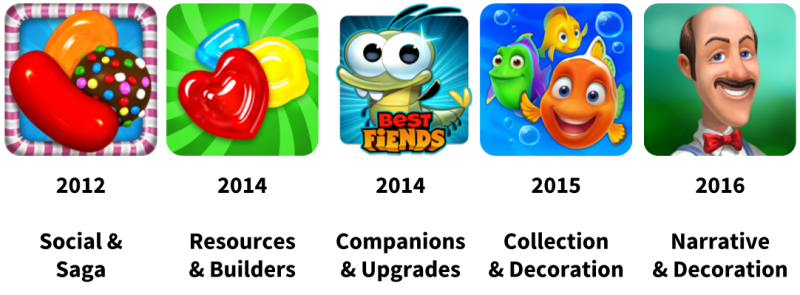
In 2014 there was Gummy Drop by Big Fish Games, which added a dash of resource management to the saga framework. Players collected resources to eventually be able to afford to move through gates. Also in 2014, Seriously launched Best Fiends, which added a light RPG upgrade system on top of the core mechanic. In 2015 Playrix launched Fishdom, where players could collect fish and decorate their fish tanks. In 2016 Playrix launched Gardenscapes, already deconstructed here, which added narrative and decoration to the saga metagame. The biggest games in the genre managed to add new elements to the metagame to separate themselves from the usual Saga-based model.
But during that time, most matching game companies stuck to the pure Saga framework. Some saw modest success with it, while others did not. Peak Games was one of the few who did see success with the Saga framework. Toy Blast, launched in 2015, featured a pure saga model, but with a new yet familiar take on the core mechanic.
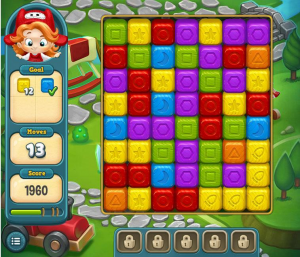
Toy Blast, Peak Games big hit, was one of the last games to see success with a pure saga based model.
Toy Blast’s main mechanic was similar to older games like Collapse, Diamond Dash or Pet Rescue Saga. Instead of asking players to swap, players simply had to tap individual groups of gems. Any group of 2 or more pieces could be removed instantly, but each costs a move. Similar to Candy Crush in terms of strategy, but feels very different. While the interaction itself is fast, as you get into the more difficult levels you start to see that this mechanic can be far more punishing if you’re not paying attention, and rewarding if you’re planning a few moves ahead.
Still, most developers dismissed Toy Blast initially as “just another Candy Crush clone” — but this is definitely not reflected in the numbers. Looking at net monthly revenue from Sensor Tower, Toy Blast has grown into a massive revenue driver:
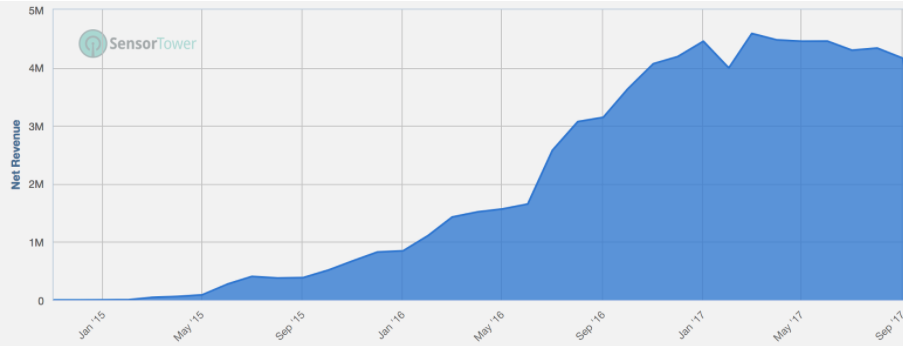
source: Sensor Tower Estimates
Toy Blast grew to be a sticky top grossing puzzle game. But unlike most top grossing games, it was clear that Peak Games had a slow and steady growth to the top. Much to the credit of their team, they managed through methodical improvements and strong performance marketing to build Toy Blast into the success it is today.
After the success of Toy Blast, it was no wonder that Peak Games started work on Toon Blast. It’s an obvious safe bet to repurpose the gameplay they already have. King and Playrix have done the same with their top franchises with clear success. Being able to retain players that lapse from your hit games by cross-promoting them to your new exciting games is powerful.
But why is it that Peak Games, the last developer to have found success with the “pure” saga model, opted for a radically different design in Toon Blast?
Why are top developers are abandoning the pure Saga model?
There are 2 key reasons for this.
Reason 1: Facebook doesn’t matter
The biggest shift that has changed since Candy Crush Saga first came out is that friends within games, especially through facebook connect, have become decreasingly important.
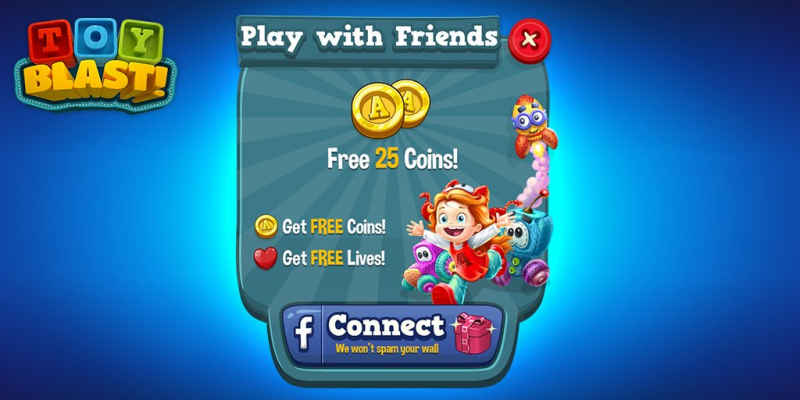
For one, facebook connection has gone steadily down since 2012. Players are less likely to connect their games, even when games offer big rewards for connecting. While socially connected players tend to retain longer (they see their friends progress) — players are less and less likely to opt-in to that kind of peer pressure on mobile. Especially in puzzle environments.

The first factor here is Facebook. Facebook’s strategy dramatically shifted for games after Candy Crush. Instead of allowing games to post spam all over walls and notify other players freely of every small bit of activity, Facebook has scaled down over the last 4 years the impact of facebook connect. They’ve seen the negative impact it has on their user experience, and slowly made changes to avoid games from taking advantage of their platform with spam. Adding to this, they shifted their revenue strategy to ads. Giving free virality to games, cuts into Facebook’s main revenue source. Instead of offering free virality, Facebook has gradually shut down their virality and instead sells the users to publishers through ads.
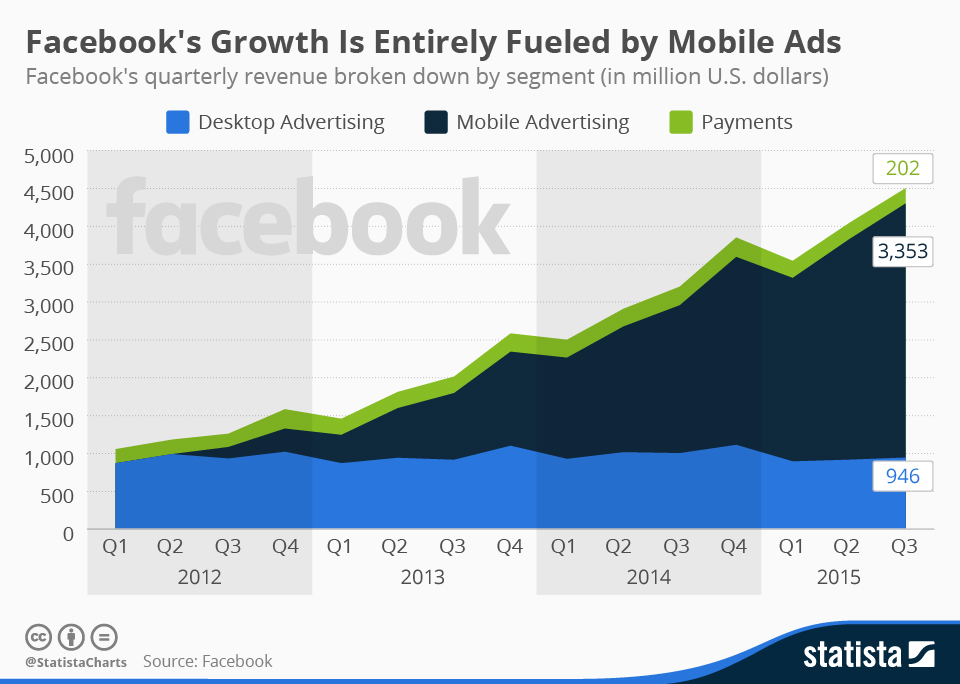
So with connection rates down and much of the importance of Facebook virality gone, puzzle games, which typically depended on this model to be successful, have turned to other sources to drive new users and retain their players.
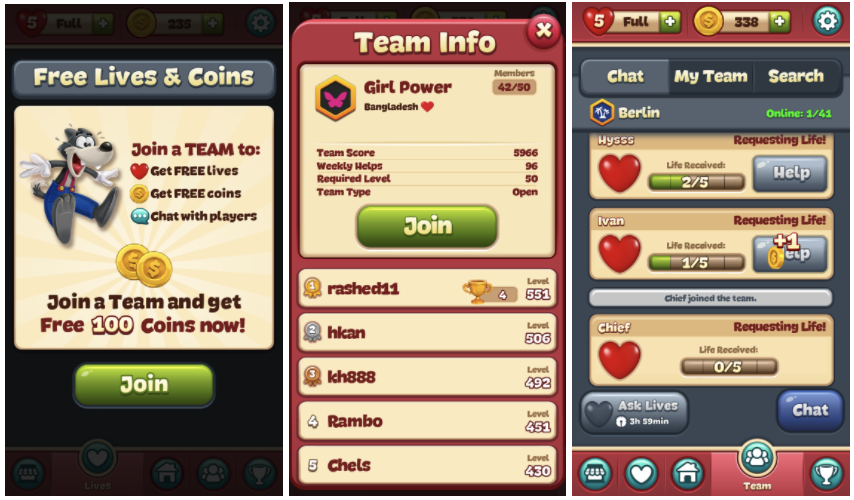
For Toon Blast, this means that instead of only allowing players to play together with their friends, they can now join guilds, which are made up of other active players in the game. Instead of players slowly becoming less engaged as their friends drop off in engagement, players are actively pushed to join together with other active players in the game. With Toon Blast, players send lives and earn coins based on how active their guild is. This is obviously taken out of the playbook of Clash Royale and most mid-core games on the AppStore. Many games have had guild features for years, and many have gone deeper with the mechanics. Yet this is a casual matching game — this is a bold choice.
Toon Blast’s addition of clans and guilds is a sign of the times that free facebook virality is gone, and that games can’t rely solely on a player’s group of friends to give reasons to come back and progress in a game.
With facebook gone, developers need to push players to create their own bonds with other players that are active in the game
The standard guild system in Toon Blast accomplishes this.
Reason 2: Events are more Important
The second reason why Saga has been cut from Toon Blast, is Peak Game’s experience with what drives meaningful revenue growth: Events.
If you look back and the timeline of Toy Blast, and what drove the growth of their revenue from 2015 to 2016: it’s a clear focus on engagement events and competitive events.
Looking at how King, Playrix, Wooga and Peak have managed to drive stronger retention in their games, it’s not from adding social features. It has been from adding features to the game that push players to complete more levels, faster. Features like the “Star Chest” in Toon Bast: each star you gain on a level fills up a bar which grows towards a chest. A chest that rewards a player with boosts and coins to help them through tough levels.
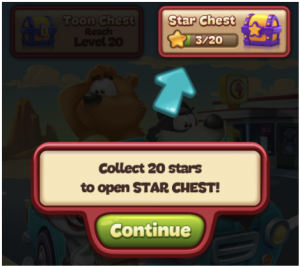
Or features like the “Crown Rush” event in Toy Blast: which demands that players complete certain levels before a time limit counts down.
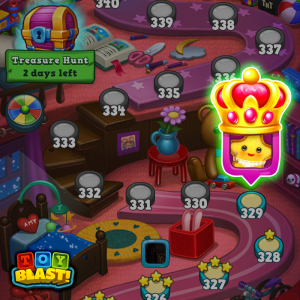
These type of single-player, goal-driven engagement events drive retention and drive monetization in players. Looking at the UI/UX of Toon Blast, now with the Saga map removed, these can now be far more centre stage, and feel far less “tacked on” than the usual Saga Map:
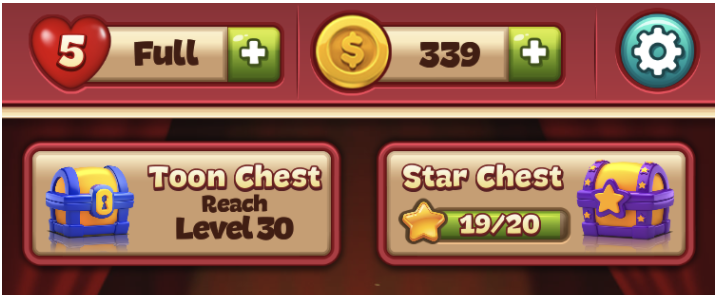 But besides engagement events, Peak Games’ prominent form of revenue growth comes from competitive events within the game. Events which pull players together and ask them to compete against each other for prizes. This is usually just reinforcing the core loop: asking players to progress as fast as they can within a limited time for access to great prizes. Best shown in games like Gardenscapes’ Fireworks Festival:
But besides engagement events, Peak Games’ prominent form of revenue growth comes from competitive events within the game. Events which pull players together and ask them to compete against each other for prizes. This is usually just reinforcing the core loop: asking players to progress as fast as they can within a limited time for access to great prizes. Best shown in games like Gardenscapes’ Fireworks Festival:
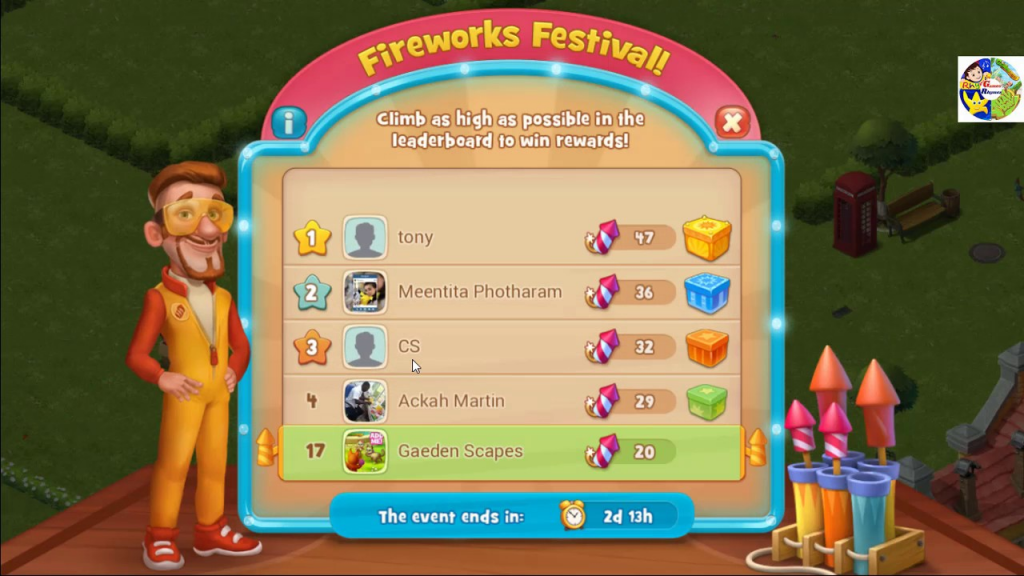
Engagement + Competitive events are what drove Toy Blasts’ growth, so of course, Peak Games would want to double down on that with Toon Blast. By adjusting away from the simple saga map model, they now have a method to make this far more a part of the core. Mimicking the same UX patterns as Clash Royale, to put events as the core focus for players.
In Conclusion
Peak Game’s decision to move Toon Blast away from a typical Saga map UI was a bold choice, but one that clearly is a sign of the times.
- The importance of Facebook has faded to a point that even puzzle/casual developers are leaning on guild-like structures to retain players
- Since events are the major revenue driver for puzzle games, toon blast puts its UI focus much more on events than on the saga progress
With everything in life and in video games, what goes up must eventually come down.
Saga was one of those trends that has been up for so long that many of us were asking when would it ever fade. What would come next. We now have our answer.
Social Gaming: Facebook, Guilds and Beyond
Facebook has had a big impact on games. Before Facebook, video games were seen as an antisocial activity for spotty boys hiding in their bedrooms. Together with the ubiquitous usage of smart phones and Nintendo’s family marketing of the Wii, the perception of both the gender bias and social nature of video games is gradually shifting.
In fact, arcade games originally followed the distribution of pinball machines in bars where adults would socialize, before spreading to family friendly venues such as cinemas and malls. Reacting to a dire recession in the early 80s Nintendo decided to focus its marketing of consoles as toys for boys, rather than entertainment for all, and in doing so set the popular view of video games for the next 30 years.
Now, finally, the industry is beginning to come full circle, and it’s the social aspect that I want to focus on here. It was on Facebook that the term “social games” was coined. Of course, games were social before, whether you were playing Mario Kart with your friends or raiding with your guild in World of Warcraft. But now, even as Facebook is steadily replaced by mobile as the new platform for gaming, everyone is still talking about social.
It’s not hard to understand why. Kongregate spoke convincingly at GDC 2013 on the importance of social features, and particularly guilds. Their talk highlighted the dramatic ways that guilds can improve retention, engagement and monetization. A few facts summarized from their presentation:
- Every one of their top 10 games has some form of guild structure
- Dawn of the Dragons (5th Planet Games): conversion rate for non guild members: 3.2% vs. guild members: 23%
- Tyrant Unleashed (Synapse Games): ARPU for non guild members: $36.59, vs. guild members: $91.60
But guilds are only one part of “social”, just as Facebook and your real life friends are. Humans are social beings, but their social interaction can take many different forms depending on the context. There is not a one-size-fits-all solution to social in games, and each game must work out what is appropriate for its own audience and mechanics (and the same is true if you are building an app). I believe that the nature of social interactions depends on whether your game is really about your Friends, the Mechanics, or the Content.
Friends
When you play a game with your real life or Facebook friends, things work best when the experience is about your friends, and not about the game. Playing with people is a great way of strengthening your relationships with them. Games are appropriate for the majority of family gatherings, whether it’s Risk or Charades.
For the experience to work out well for everyone, then the game needs to be right. The game should facilitate building relationships, and act as a backdrop to this, rather than be the main event. Games of low skill typically work best as they allow participants of all ages and abilities.
This is why games like Draw Something and QuizUp work so well, and more complicated simulation games have quickly fallen out of favour on Facebook. In the former, the experience is more about your friends, and in the latter it is more about the game. Real life friends and family are not the way to drive distribution or underpin retention unless your game is about the people you are interacting with. As we all know from the complaints about people’s newsfeeds being spammed, it isn’t that common for our friends to share our taste in games.
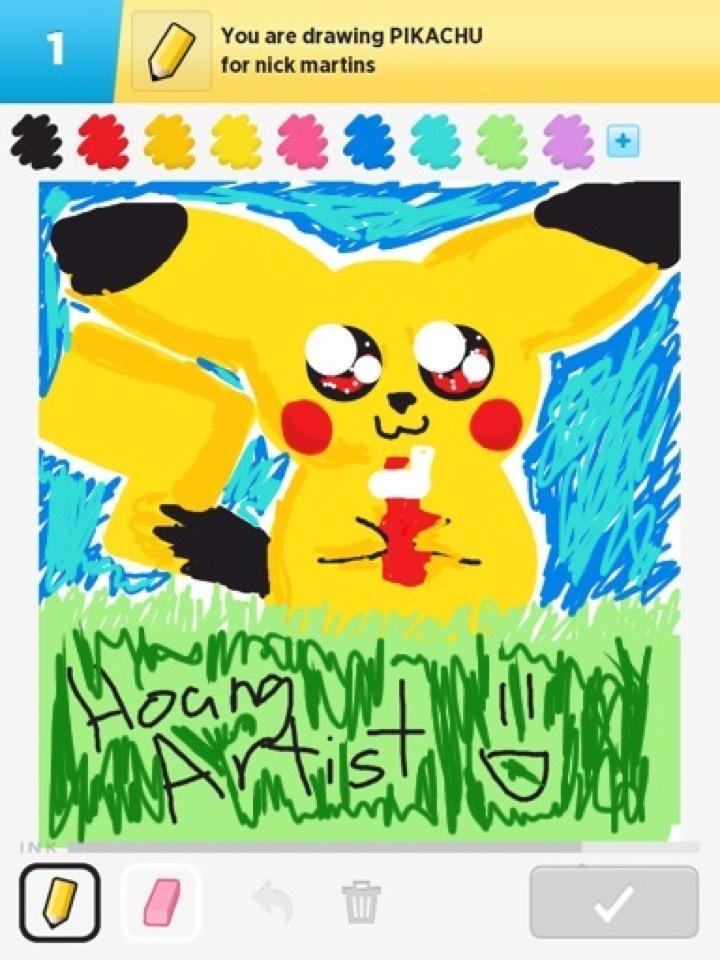
Draw Something.Chibi Pikachu by HoangArtist
Mechanics
In this category I would put everything from people who like playing otherwise family games to a competitive level, to immersive experiences such as World of Warcraft or Clash of Clans. If you are REALLY into bridge then you don’t invite your real friends over and grind them into the floor. You are going to have an unsatisfying time both in terms of the quality of gameplay, and social experience. Instead you either play a friendly match where everyone can enjoy the social aspect, or you join a bridge club and enjoy the gameplay.
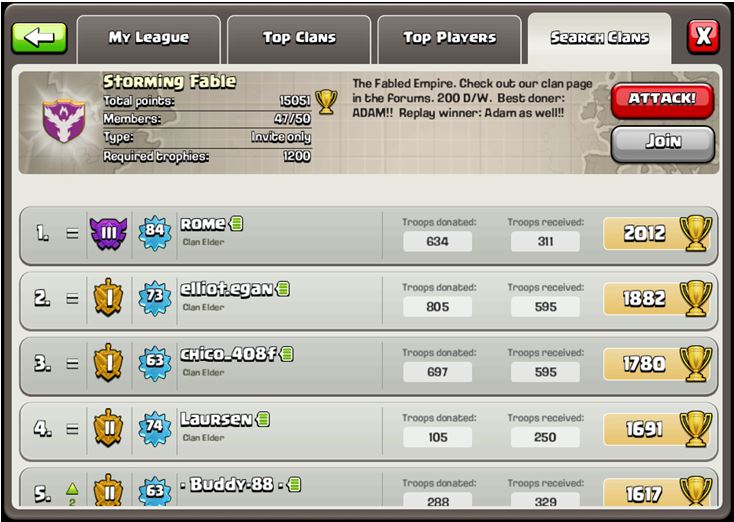
This latter case is still a social experience of course, but it’s unlikely to be one with your immediate friends and family. It’s more appropriate to share it with other people that share your love of bridge. This is exactly what Netflix and Spotify have realized as they’ve shifted their recommendations engines from showing you what your friends like, to what other people like you like. Generally we do not really care what our friends have been watching. But if we enjoyed The Godfather and The Departed, then we are interested in what other people who also liked those films would recommend.
For games that rely on their mechanics, adding in a social layer can have some powerful effects. Initially, players can even be taught how the game works by more experienced players and this knowledge flow continues as players exchange thoughts on more advanced strategies. A social aspect can enrich the gameplay by requiring the coordination of several different players such as in raids in World of Warcraft or Destiny. Finally, as these interactions build new relationships between players, they develop a sense of duty to each other, which leads them to keep coming back even if they tire of the gameplay itself.
For the social layer to add value to players, and by extension developers, it doesn’t need to involve people who are real life friends. It’s much better to group people together by the intensity that they play the game, so that they can engage at the same level as the others in their group. This is exactly what happens in Clash of Clans and many other clan based games, where the top clans demand a certain level of engagement as a requirement for membership. Not that the developers need to worry about this, as given the right tools the players organize themselves.
Content
There is however a third, much rarer way of organizing people. In games where there is a strong narrative and the experience is largely single player and driven by consuming content in a linear manner, it makes more sense to group players by their progress through this content.
This is what happens when people live-tweet TV shows. Using Twitter, viewers can feel part of a larger experience and share in the unfolding drama, regardless of whether they are actually sitting with other people watching the same show. I believe there is an innate human desire to calibrate your social responses, and this fills the same role. It helps people comprehend their own reactions, see if they are appropriate and ensure they understand the situation in full.
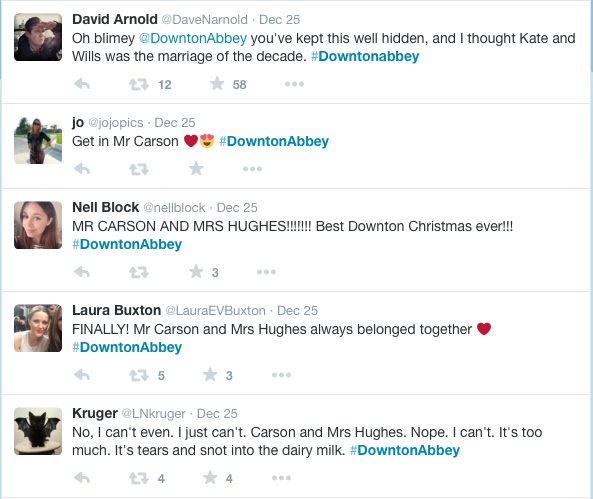
This is the equivalent of catching a stranger’s eye and enjoying a moment of shared understanding – we know it in a diverse set of situations from sharing the frustration of waiting in line to sharing the elation of hearing the opening beats of a favorite song at a gig. The same sort of social experience could enhance games like BioShock and Mass Effect, maximizing the impact of the most dramatic moments. However, most games that would fall into this category do not have any form of social layer, because of two problems.
Firstly, how do we bring together people who are all experiencing the content at different rates and different times? The solution here might lie in something akin to the comments sections on newspaper and magazine articles. Here the comments don’t need to be by people you know, or written whilst you read the article. But they are still relevant to you, because the person commented after they experienced the same content as you just did, and they enrich your experience of the article by providing additional information and opinions.
Secondly, how do we allow people to be social without breaking the immersion of deeply engaging games? The last thing people want after deciding who lives and who dies in The Walking Dead is for the drama of the moment to be shattered by being prompted to see what everyone else did. Luckily TellTale have the good sense to wait until the end of the episode, a natural break point before allowing you to review what everyone else did and connect you to the forums. In free to play games this might in fact be even easier, as the breaks between sessions and timers are natural point to allow people to engage with each other, both savoring recently enjoyed drama and anticipating exciting things to come.
A few games do manage to solve these problems and pull people together in this way, however. Dark Souls 2 allows other players to leave messages as you work your way through the world and narrative. These can either be helpful tips or troll postings luring you to an untimely death. You can also summon other players into your world to help out with particularly hard bosses. These interactions with other players enrich the single player experience by adding a new, social layer to it. In both cases the associations with players work because they fit into the context of your game, not because of the relationship that you have with the other players. Other players appear as phantoms and in doing so stay consistent with the Dark Souls narrative, and do not break immersion.
Wrap Up
Social rightly continues to be a buzzword in the games industry. However, there is not a single solution for what social should look like. Different types of social interactions are suited to different game experiences. When designing a game there is almost certainly some way that it can be enhanced with a social aspect, but this needs to be designed according to the type of experience that you are building for your players, rather than the design fads of the day.
This post was written by Ed Biden, who also writes at Just for the Fun of it.





















 But besides engagement events, Peak Games’ prominent form of revenue growth comes from competitive events within the game. Events which pull players together and ask them to compete against each other for prizes. This is usually just reinforcing the core loop: asking players to progress as fast as they can within a limited time for access to great prizes. Best shown in games like Gardenscapes’ Fireworks Festival:
But besides engagement events, Peak Games’ prominent form of revenue growth comes from competitive events within the game. Events which pull players together and ask them to compete against each other for prizes. This is usually just reinforcing the core loop: asking players to progress as fast as they can within a limited time for access to great prizes. Best shown in games like Gardenscapes’ Fireworks Festival:


